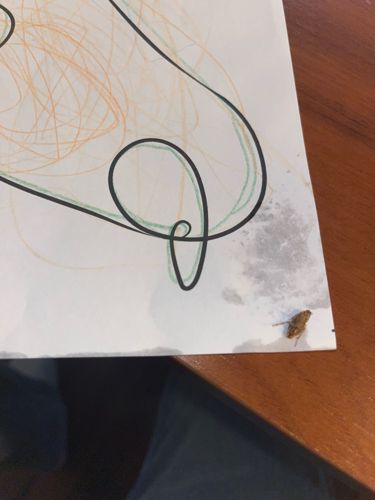Cockroach (likely German cockroach based on appearance)
Scientific Name: Blattodea (Order), Blattellidae (Family, likely Blattella germanica)
Order & Family: Blattodea, Blattellidae
Size: 0.43 to 0.63 inches (1.1 to 1.6 cm)

Natural Habitat
Worldwide, common in human dwellings (especially kitchens and bathrooms) and commercial buildings due to their preference for warm, humid environments and proximity to food and water sources.
Diet & Feeding
Opportunistic omnivores, feeding on nearly anything including food scraps, grease, starches, sweets, pet food, and even non-food items like soap, glue, and toothpaste.
Behavior Patterns
Nocturnal; they hide in cracks and crevices during the day and emerge at night to feed. They are fast runners and reproduce quickly. German cockroaches are known for their ability to hitchhike in bags, boxes, and luggage, spreading easily between locations.
Risks & Benefits
Potential risks include spreading pathogens (bacteria, viruses, fungi, parasitic worms) that can cause food poisoning and other illnesses. Their presence can trigger allergies and asthma attacks, particularly in children, due to allergens in their feces, saliva, and shed exoskeletons. They are primarily considered a pest and offer no significant benefits to humans or ecosystems in urban settings.
Identified on: 10/15/2025